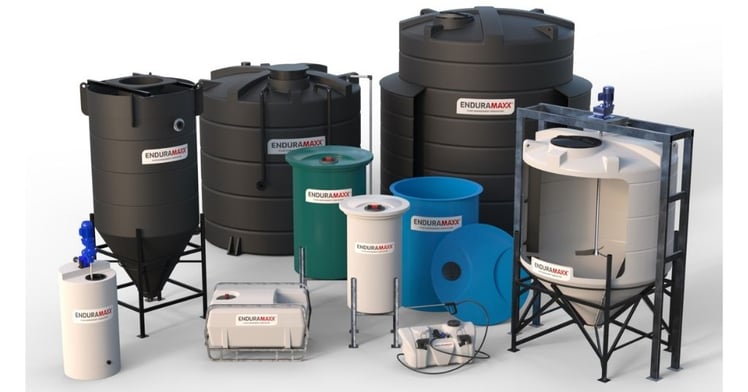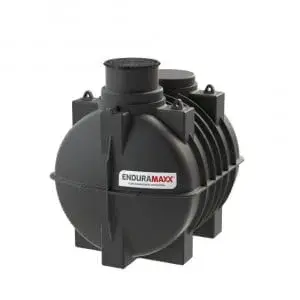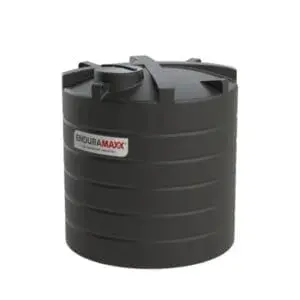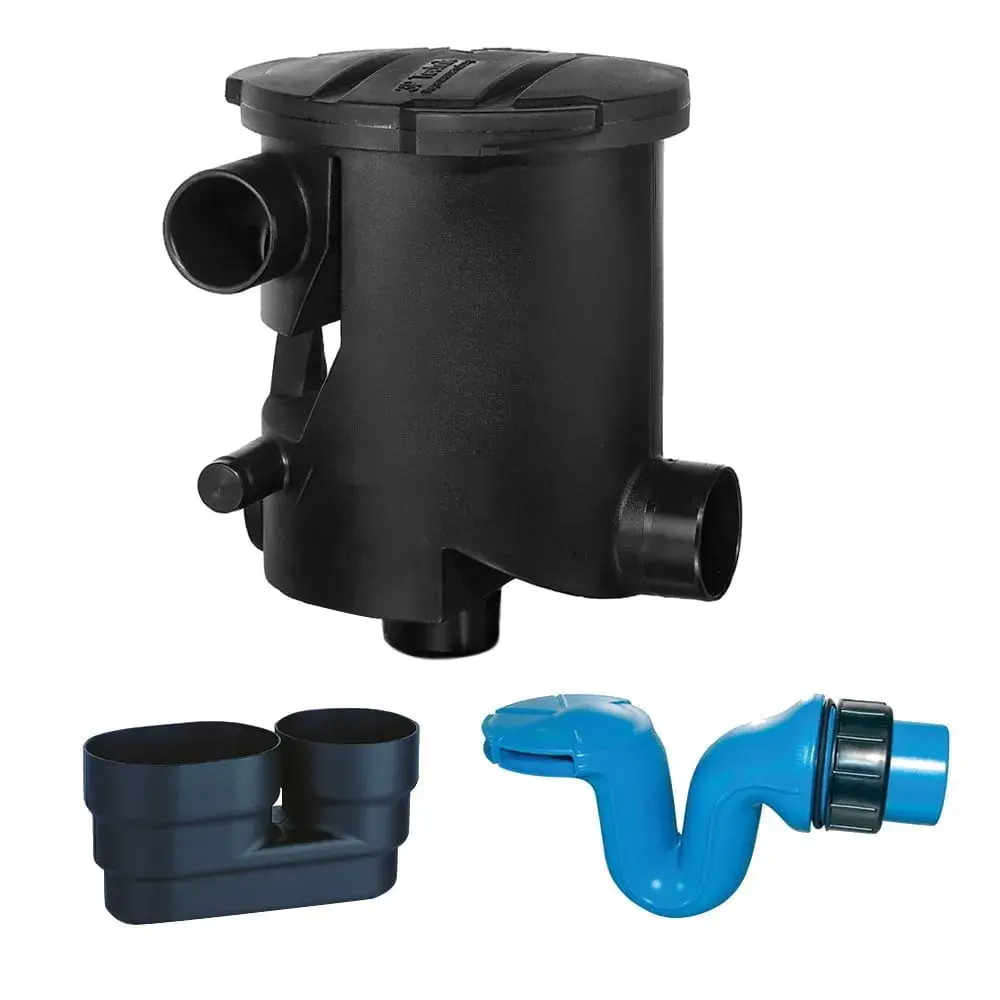Wastewater Treatment Challenges in Food Processing are wide and varied due to the wide the continents and levels which are in the water. Water is a crucial resource in the process of food and beverage production, and its uses as a washing aid or ingredient, means a wide range of treatments are required.
From screening to tertiary treatment, biological nutrient removal to water reclamation, wastewater from food production can be among the most difficult as it can contain large quantities of nutrients, organic carbon, nitrogenous organics, inorganics, suspended and dissolved solids, and it has high biochemical and chemical oxygen demands.
Treatment Technologies for Food Wastewater Processing
The types of treatment technologies used for food processing wastewater include biological and physical-chemical treatments. Screening is often the first part of the process which physically takes out the chunks from the wastewater which require separation. From here, the process moves on to removing suspended solids, COD, FOG, and the potential for chemicals from washing and CIP through more complex treatment. These processes include.
- Flotation
- Coagulation
- Sedimentation
- Filtration
- Adsorption
- Membranes
- Primary settling
- Activated sludge & anaerobic digestion.
What is TSS, FOG, BOD & COD?
TSS stands for total suspended solids and is the term used to refer to the solid particles suspended in water. Some plants produce high amounts of fats, oil, and grease (FOG) which a process called dissolved air flotation (DAF) is a recognised and effective means of reducing FOG in wastewater. DAFs are effective with food solids since most food particles float and operate by skimming.
Biological oxygen demand (BOD) is significantly reduced by DAF treatment however the levels of these contaminants in the wastewater streaming further treatment prior to discharge.
(COD) Chemical Oxygen Demand is an important water quality parameter as it provides an index to assess the effect discharged wastewater will have on the environment. High COD levels mean more oxidizable organic material which will reduce dissolved oxygen (DO) levels. In most wastewater treatment system, COD is treated in the secondary treatment of the wastewater treatment through biological treatment such as Activated Sludge Process, Batch Reactors, Anaerobic Sludge Blanket Reactors etc.
What is Wastewater Discharge Consent?
This wastewater from food processing must be treated to levels that will not damage receiving waters due to excessive nutrients or oxygen demand when directly discharged. This wastewater discharge consent in the UK.
Wastewater Treatment Tanks & Mixers
Food wastewater treatment presents different challenges depending on whether its meat & poultry products, dairy products, fruits & vegetables, sugar & sweets, fats & oils and beverages, brewing& drinks. Biochemical oxygen demand (BOD) and chemical oxygen demand (COD) values for these wastewaters had special factors to consider the need to be matched with the technology available.
Throughout the processes, from the stage wastewater in holding tanks, through to the preliminary treatment of wastewater in which separation of solids and large particles, coagulation-flocculation, and sedimentation in which the colloidal particles in the wastewater are grouped into larger particles called flocs, storage tanks and mixer tanks are required for the wastewater and the chemical used to treat it.
The range of food wastewater processing tanks we manufacture for use in processes.
- Blending and buffer tank
- Clarification tanks
- Sludge tanks
- Sludge dewatering tanks
- Aeration tanks
- Flocculation tanks
- Bulk chemical tanks and dosing tanks
- Polymers make up tanks
- Mixer Tank
Enduramaxx Food Wastewater Processing & Treatment Tanks
Although Enduramaxx does not get install water processing & treatment tanks, we work closely with installers and water treatment companies customising with flanges, pipework, mixers, and bunds. Each production process has different water and wastewater requirements and much can be done for water reuse. From 50-litre dosing tanks to 30,000-litre sludge tanks, we are sure we can help with your next project. For more details on these please get in touch today.
Posts By Topics
- Blog (303)
- Chemical Storage Tanks (118)
- Chemical Dosing Tanks (114)
- Chemical Tanks (114)
- Water Tanks (58)
- Rainwater Harvesting Tanks (43)
- Vertical Rainwater Tanks (31)
- Vertical Storage Tanks (31)
- Cone Bottom Tanks (19)
- Conical Cone Tanks (18)
- Rainwater Harvesting (17)
- Water Bowsers (15)
- Horizontal Tanks (14)
- Potable Water Tanks (13)
- Farming (9)
- Case Studies (8)
- Industrial Storage Tanks (7)
- Liquid Fertilser Storage Tanks (6)
- WRAS Approved Potable Tanks (6)
- Wine and Beer Production (6)
- Horizontal Transport Tanks (5)
- Microbrewery (5)
- Rainwater (5)
- Category 5 Break Tanks (4)
- Cider Production (4)
- Mixer Tanks (4)
- Molasses Tanks (4)
- Polyethylene tanks (4)
- Rainwater Filter Kits (4)
- SPECIALIST & BESPOKE TANKS (4)
- Bunded Tanks (3)
- Slimline Tanks (3)
- WRAS Approved (3)
- Clarification Tanks (2)
- Crosslinked Polymer Tanks (XLPE) (2)
- Fertiliser Tanks (2)
- Sump Tanks (2)
- Tank Installation (2)
- Water Butt (2)
- underground water tanks (2)
- ACCESSORIES & FITTINGS (1)
- ATV & UTV SPRAYING UNITS (1)
- Above Ground Effluent Tanks (1)
- Bespoke Tank Frames (1)
- Category 5 Turret (1)
- Caustic Soda Tanks (1)
- Closed Top Bunded Tanks (1)
- Craft beer (1)
- Effluent Tanks (1)
- Enduramaxx (1)
- Ferric Chloride Tanks (1)
- Fire Safety Regulations (1)
- Fire Sprinkler Water Storage Tanks (1)
- Industrial Water Tank (1)
- Open Top Bunded Tanks (1)
- Open Top Cone Tanks (1)
- Open Top Vertical Tanks (1)
- Polyethylene Potable Water Tanks (1)
- Polyvinylidene Fluoride (PVDF) Tanks (1)
- Polyvinylidene Fluoride Tanks (PVDF) (1)
- Pressure Washers (1)
- Pro Series Spot Sprayers (1)
- RWH (1)
- Sodium Hydroxide Storage Tanks (1)
- Sprayer Fill-up Tanks (1)
- Uncategorised (1)
- liquid fertiliser tank (1)
Sign up to the newsletter
enduramaxx.marketing
Related Posts
Vegetable Wastewater Processing & Treatment Tanks
Vegetable Wastewater Processing & Treatment Tanks are involved in many of the typical wastewater...
How to waste less water? | Enduramaxx - Manufacturers of Polyethylene Tanks
Water is a precious commodity that most of us take for granted. Wastewater, or wasted water, is...
75m3 Wastewater Tank for Lettuce Washing Plant - Enduramaxx
75m3 Wastewater Tank for Lettuce Washing Plant 75m3 Wastewater Tank for Lettuce Washing Plant...
Related Products
From £1,080.00 inc. VAT
£900.00 exc. VAT
From £1,344.00 inc. VAT
£1,120.00 exc. VAT
From £768.00 inc. VAT
£640.00 exc. VAT
£480.00 inc. VAT
£400.00 exc. VAT






